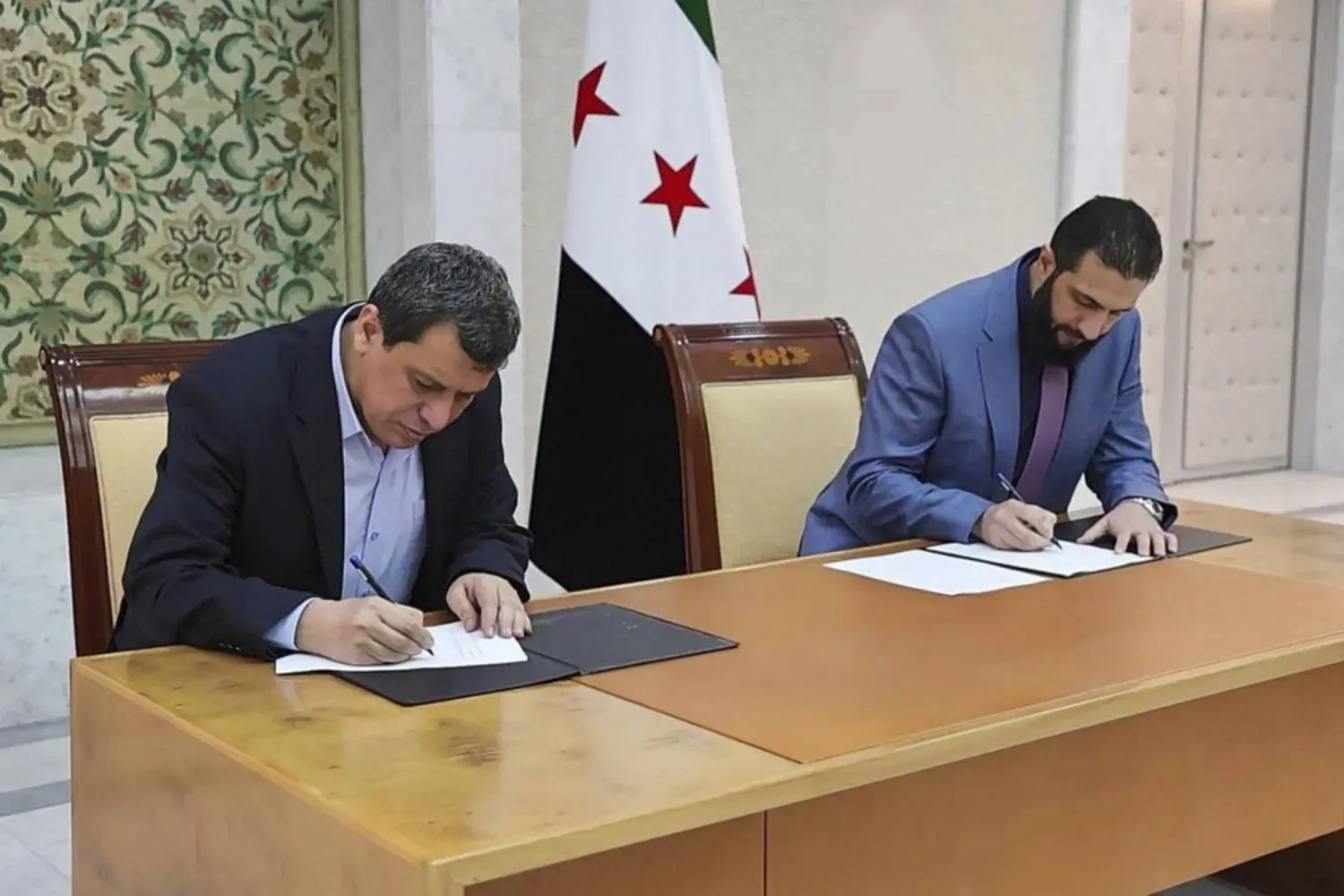Tunisia said on Saturday that it intends to join the BRICS countries bloc of emerging economies that includes Brazil, Russia, India, China, and South Africa.
Mahmoud bin Mabrouk, spokesman for the pro-presidential July 25 Movement in Tunisia and pro-Tunisian President Kais Saeid, said his country plans to join the BRICS nations bloc.
“We will accept no dictates or interference in Tunisia’s internal affairs. We are negotiating the terms, but we refuse to receive instructions and the EU’s agenda,” said bin Mabrouk in remarks to the Arab News Agency.
Tunisian President Kais Saied had earlier expressed rejection of what he described as “dictates” of the International Monetary Fund to grant Tunisia $1.9 billion in loans.
Mabrouk described the BRICS nations as “a political, economic and financial alternative that will enable Tunisia to open up to the new world.”
He stressed that Tunisia's accession to the group would give it major economic gains, which would positively affect the social conditions in the country.
In 2018, Tunisia signed an agreement to join the "Belt and Road" initiative, which was established by China in 2013.
Bin Mabrouk went on to say: "After Algeria announced that it will join the group, we will also announce our intention to join BRICS."
Alegria had earlier announced plans to join the BRICS group next year.









